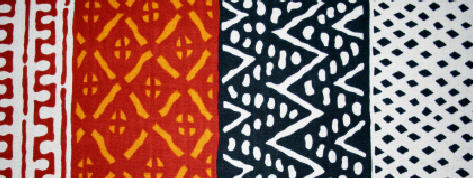Islamic civilization continues to flourish even though the Muslim empire did not remain unified under one political unit because Muslim rulers built great cities where scholars and artists made advances in many fields. The acceptance of Islam and Arabic language was important because this was the native language to the Muslimsand Arabics so it was improtant for them to keep following there language.
Five Achievements
The irrigation systems influence us today. Irrigation originated from India.
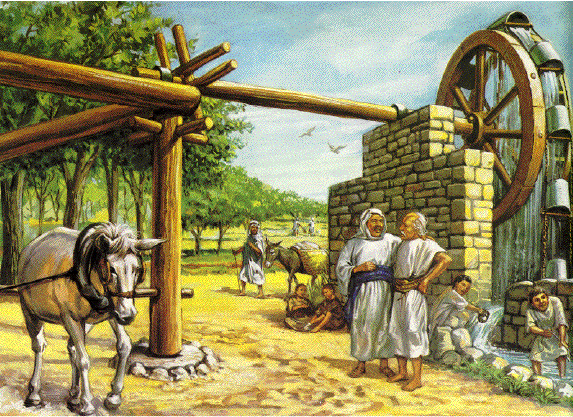
Zoology also influences us today. Zoology is the scientific study of animals. The origin of Zoology was Aristotle who created the history of animals which than became zoology in 382-322 BC.

Astronomy is another we are influenced by. Astronomy is the study of objects in the universe. Its origin was from about 5000 BC with the Chaldeans and Mesopotamia.
Muslim Geography and Navigation also influences us today. Muslim geography was originated from places in Europe such as Africa and Asia. Muslim Navigation originated from the Greeks and the Chinese.
The picture below is a picture of Geography. The next picture is a picture of navigation.
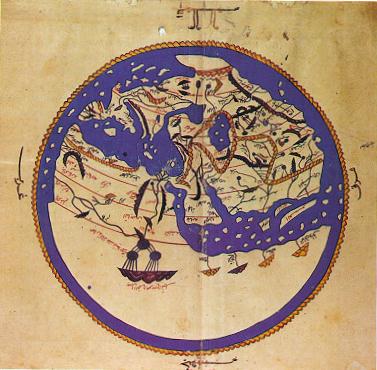

Muslim trade routes were established throughout the Middle East, North Africa, Persia (now called Iran), and other parts of Asia and other parts of Europe.
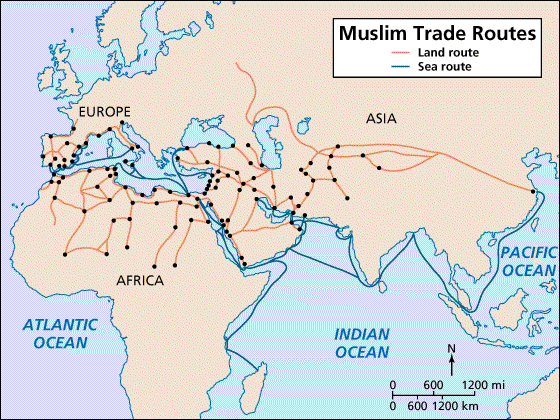
Africans pass their history down from one generation to the next through there music. Muslims affect this tradition because they used many musical instruments that we use today such as the African balafon or as used today the xylophone.
THE FOUR LEGACIES
Music: The balafon was a famous instrument in the African culture. The bars of the balafon are struck with a hammer much like a xylophone.
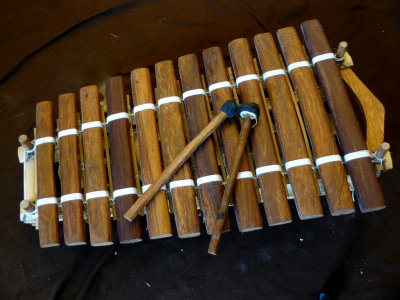
Another legacy in the African culture is the kora. The kora is a harplike instrument with 21 strings. The body of the kora is made of a gourd that has been cut in half and covered with cow skin. The kora's strings, are made of fishing line.
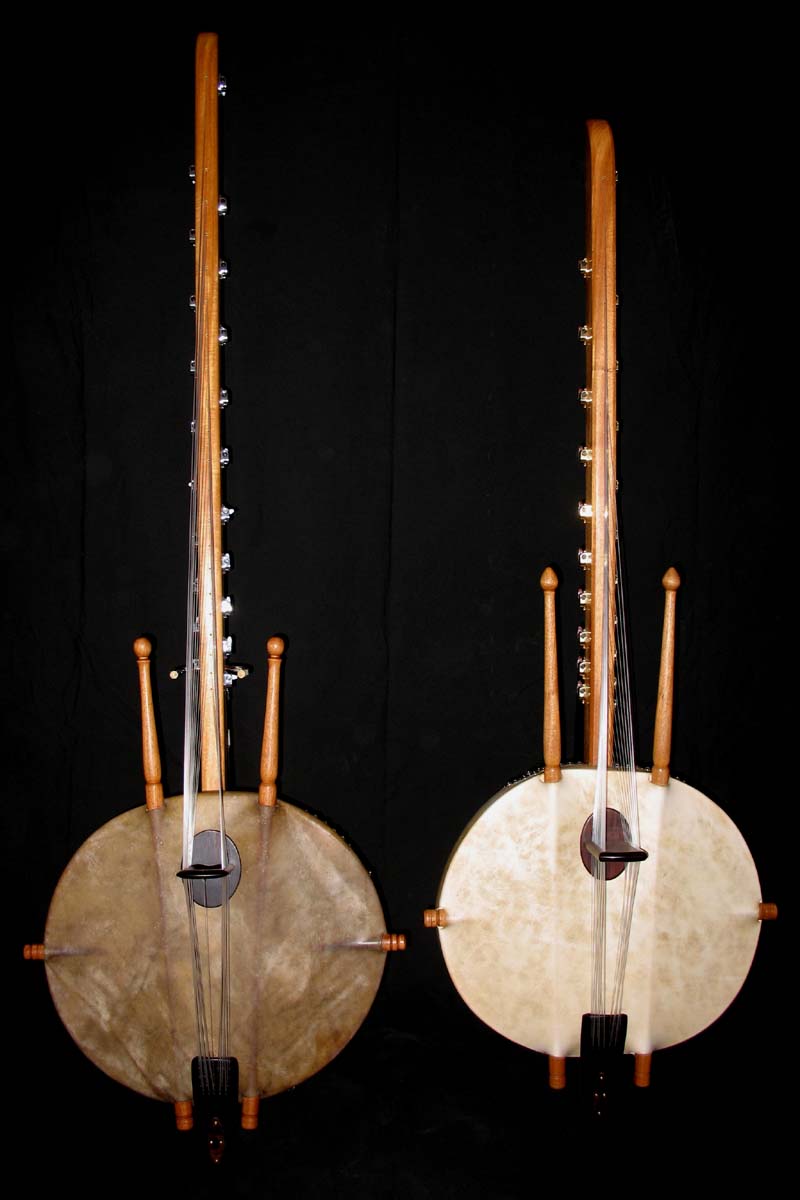
VIsual Arts: Masks are a part of the African's visual art. Wooden masks have been a part of West African life for centuries. Masks were worn during ceremonies, in performances, and in sacred rites. Like scupltures, they were used to bring the spirit of gods and ancestors into the present. West Africans masks are detailed and expressive. They have inspired a number of artists around the world.
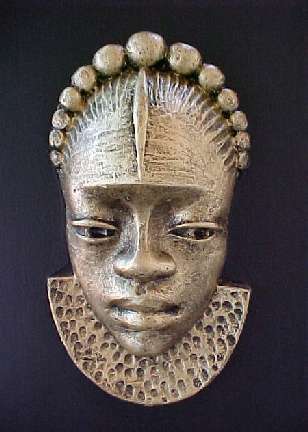
Another legacy in the African culture is textiles. West Africans have a long tradition of making textiles that are both beutiful and symbolic. Three well-known types of West African textiles are stamped fabrics, story fabrics, and kente cloth.
